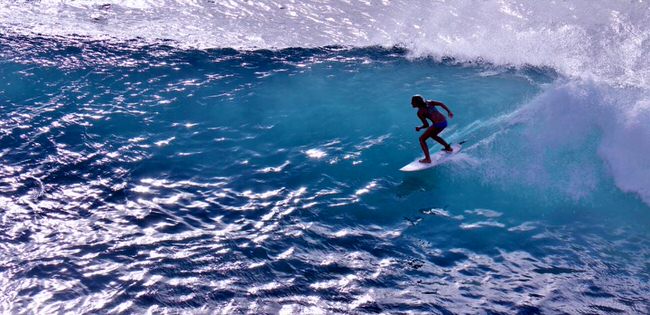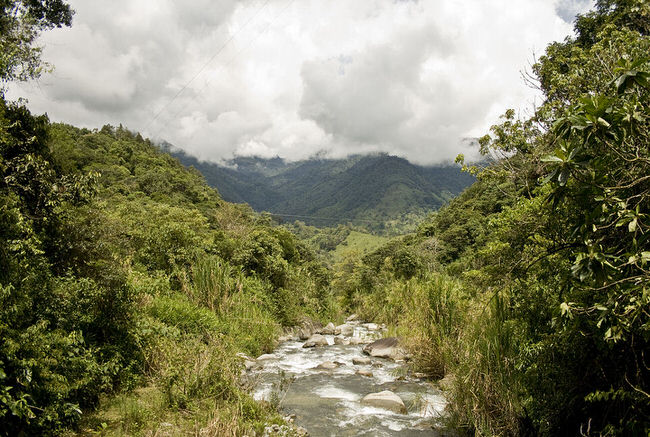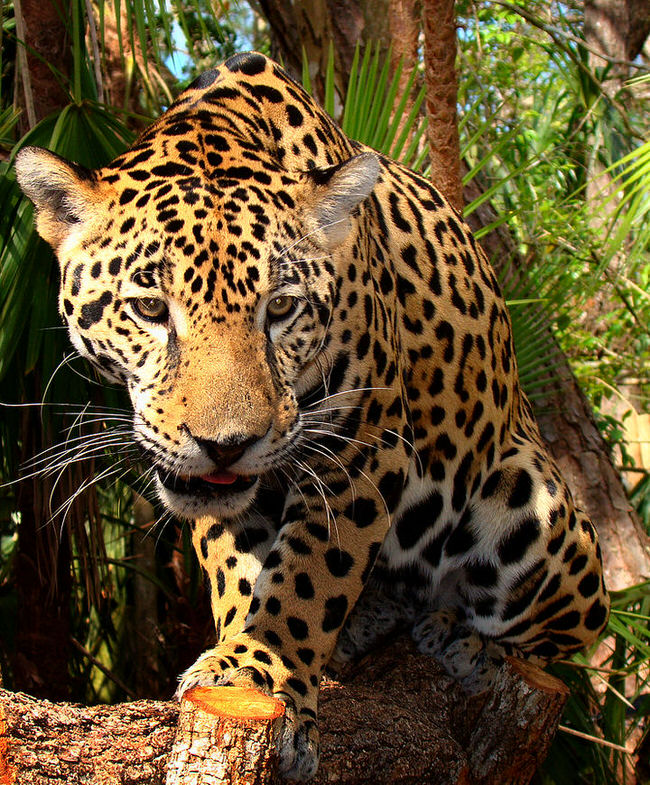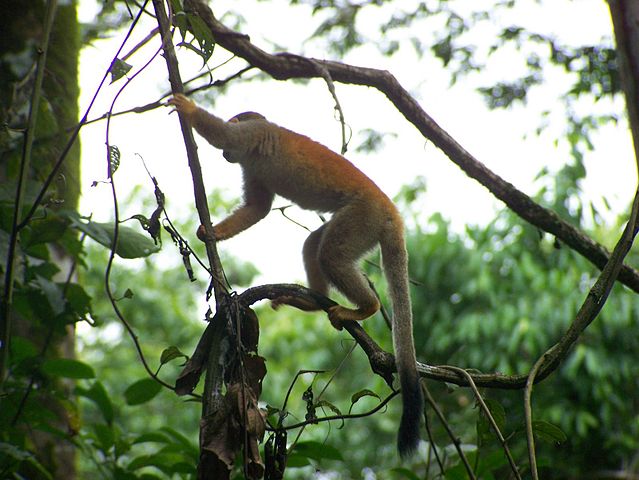
Braulio Carrillo National Park
A significant part of the Cordillera Central was set aside as a national park following the opening of the now heavily traveled Autopista Braulio Carrillo (Carretera 32) in 1978. The highway starts in the northeast highlands and cuts through tropical vegetation to the Caribbean lowland plains. This economically vital road to Puerto Limon made it possible for small farmers and lumber companies to reach and clear formerly untouched areas of virgin forest. The creation of national parks was meant to stop such incursion.
The first unsuccessful attempt to build a road between San Jose and the Caribbean coast was begun by President Braulio Carrillo Colina in 1840. It is in his honor that the national park is named.
Today the park, with its more than 45,000 hectares, contains the most varied and best preserved rain forest in Costa Rica. It is also the least developed touristically. Rivers – the Guacimo in the northeast, Corinto in the southeast and Peje in the west – enclose the area. Volcan Barva (2,906 m) is the highest point in the park. The descent into the Caribbean lowlands begins at the Cacho Negro volcano (2,150 m). Hikers can marvel at the virgin jungle with wool trees (ceibo), noble mahoganies (caoba) and palms (paLmito), beloved for their edible interior, better known as hearts of palm. Smaller plants, colorful mushrooms, pastel orchids, thick moss, delicate vines and blooming bromeliads lend unbelievable variety to the jungle. Costa Ricans call the gunnera, also known as the giant elephant ear plant or sombrilla del pobre, the “poor man’s parasol.”
More than 140 different animal species live in this biotope, including capuchin (Cebus capucinus) monkeys, and howler monkeys which are easy to spot thanks to the noise they make. Jaguars, ocelots and pumas, on the other hand, are harder to discover.
The jungle is also home to the tapir, raccoon, red deer, peccary and many other animals usually seen only in zoos. The venomous bushmaster (Lacheses mutus) snake is also found here. The tree tops are full of quetzals, toucans, hummingbirds, parrots, Montezuma oropendolas and hooded eagles. The Braulio Carrillo National Park offers sturdy nature lovers, who don’t shy away from the occasional unexpected cloudburst or fear getting their feet wet fording countless streams, a variety of hiking adventures. A warning: Cases of theft from cars parked at the entrance to the park and instances of armed robbers attacking hikers are on the rise.
A trip through the Braulio Carrillo National Park aboard the jungle Aerial Tram (see page 193) is more expensive than hiking but keeps your feet dry. The tram travels a short stretch (1.3 kilometers) in one direction at tree-top level, then drops to ground level for the return journey. The entrance is near Carretera 32, five kilometers beyond the Sucio Bridge.
A private nature preserve, Rara Avis, offers another unique experience in ecologically sound tourism. The park is world renowned for its incredible variety of native and migratory birds.





